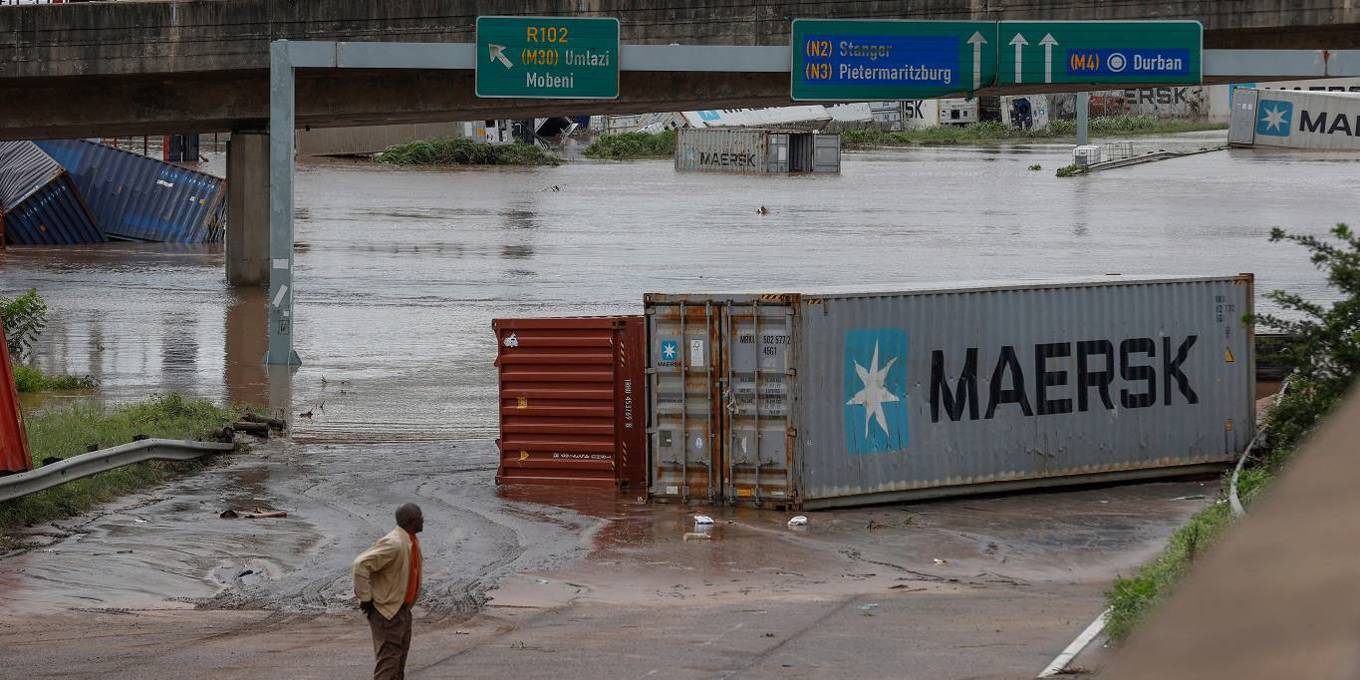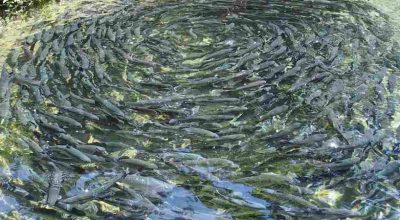
NEW YORK – Following the recent 2024 United Nations Climate Change Conference (COP29) in Baku, we are confronted with one pressing question: What’s next? With countries set to submit early next year their updated nationally determined contributions (NDCs) under the 2015 Paris climate agreement, the world has an opportunity – and a responsibility – to take transformative action to address the climate crisis. The ocean must be central to this effort.
Nobody understands this better than small island developing states (SIDS) like Palau. For us, climate policy is not some abstract debate about hypothetical future risks; it is a fight for survival. Already, coral reefs are undergoing bleaching; storms are becoming increasingly frequent and destructive; and droughts are undermining food security. Rising sea levels threaten not just our land, but also our culture, our way of life, and our very existence.
To date, international support for climate action has fallen far short of meeting developing countries’ needs. SIDS collectively receive less than 2% of global climate finance, even as they oversee 30% of the world’s territorial waters. It is a striking imbalance, especially given the ocean’s enormous untapped potential to help mitigate climate change.
The ocean is our planet’s largest carbon sink, absorbing 25% of all carbon dioxide emissions and a staggering 90% of the excess heat generated by a warming atmosphere. According to a 2023 report, ocean-based climate solutions can get us as much as 35% closer to our emissions-reduction targets for 2050, on a pathway that limits the global temperature increase to 1.5° Celsius. And mitigating climate change is just the beginning; a healthy ocean plays a pivotal role in creating sustainable livelihoods for vulnerable communities worldwide.
Consider nature-based solutions like the restoration of mangroves, seagrasses, and coral reefs. Beyond sequestering carbon, these ecosystems act as natural defenses against rising seas and extreme weather, and they form the basis of local livelihoods. In Palau, marine protected areas safeguard biodiversity, support sustainable fisheries, and bolster the tourism industry.
So far, the ocean – including the ecosystems it supports – has largely been treated as an afterthought in global climate strategies, sidelined in favor of more visible priorities like renewable energy and curbs on emissions. The High Level Panel for a Sustainable Ocean Economy has revealed that many of its member countries – which together govern half the world’s territorial oceans – have yet to integrate the ocean fully into their NDCs.
This omission represents a vital opportunity, which countries should seize as they prepare their NDC submissions before the February deadline. Putting the ocean at the center of our climate strategies would transform it from a silent victim of global warming into an active force for mitigation and resilience-building.
The Blue Economy and Finance Forum takes place in June, one of the “special events” that will set the stage for the third UN Ocean Conference in Nice. The BEFF aims to unlock financing for ocean-based solutions, particularly biodiversity-positive investments that simultaneously support economic development and climate goals. But, as we saw at COP29, public budgets are already stretched thin. Mobilizing private capital alongside public investment is thus essential to drive meaningful change.
To understand why, look no further than the shipping industry, which emits more carbon than all but six countries. Critical pieces of the net-zero puzzle are already in place for the industry. Shipping companies are planning their low-carbon transitions. The technologies they need – in particular, “green fuels” like green methanol and ammonia – have been developed. And producers are ready to increase output, while continuing to innovate. And yet scaling up production has proved difficult, because investors still view crucial green technologies as too risky.
This mismatch between ambition and funding underscores the need for creative financing solutions, such as government-backed guarantees or blended-finance instruments. Fortunately, the New Collective Quantified Goal on climate finance, agreed at COP29, offers an opportunity to set ambitious targets and leverage innovative mechanisms to unlock private investment at scale.
Despite its disappointments, COP29 delivered another reason for cautious optimism: the discussions taken there reflected growing recognition that ocean action is climate action. This idea, which began gaining traction in 2019 during the Ocean and Climate Change Dialogue at COP25, has evolved into a powerful movement. As a result, momentum is building behind ocean-based climate solutions.
But harnessing this momentum to deliver measurable action – such as the introduction of more marine protected areas covering mangroves and seagrass meadows or scaling up the decarbonization of the shipping industry – will require collaboration across sectors and borders. And it will require far more financing. As we look ahead to the BEFF and beyond, we must make one thing crystal clear: investing in the ocean is investing in our collective future.
© Project Syndicate 1995–2024
















